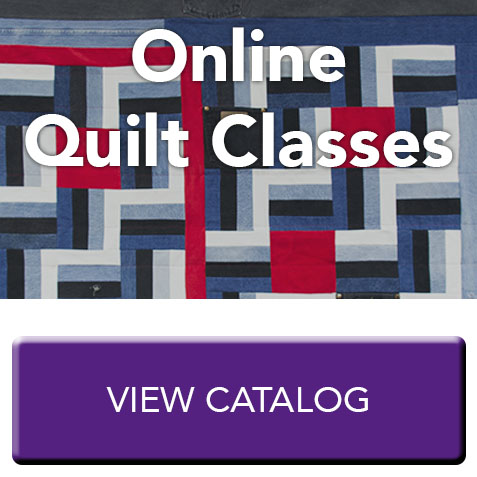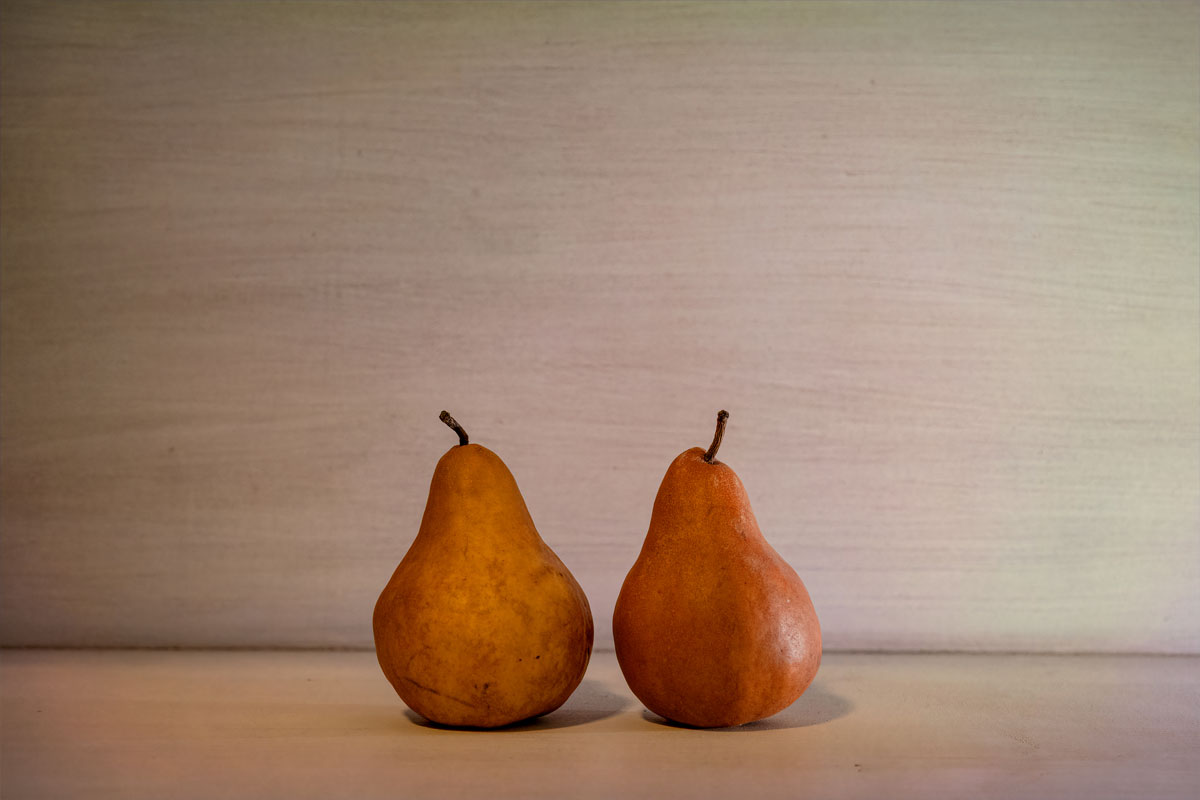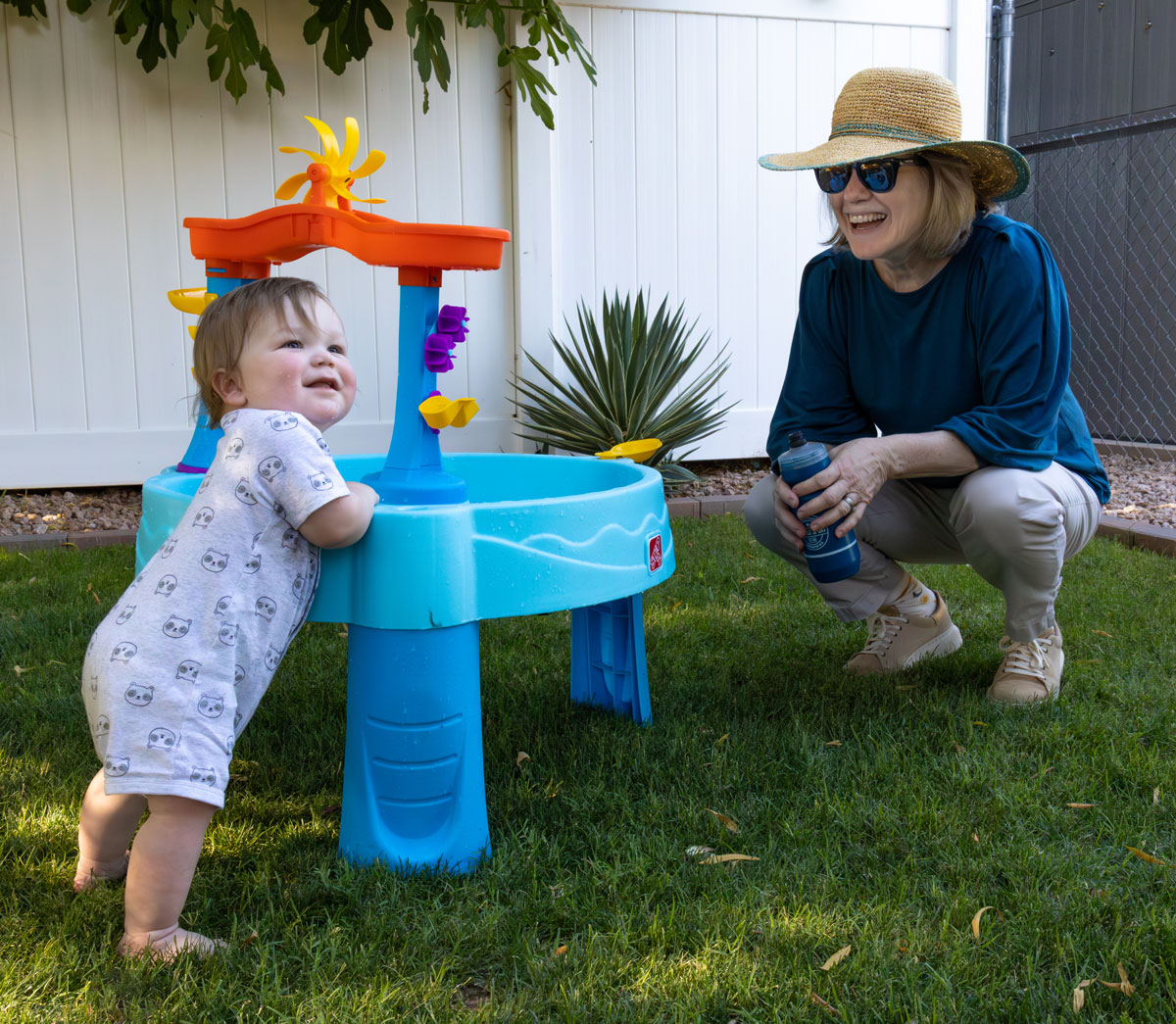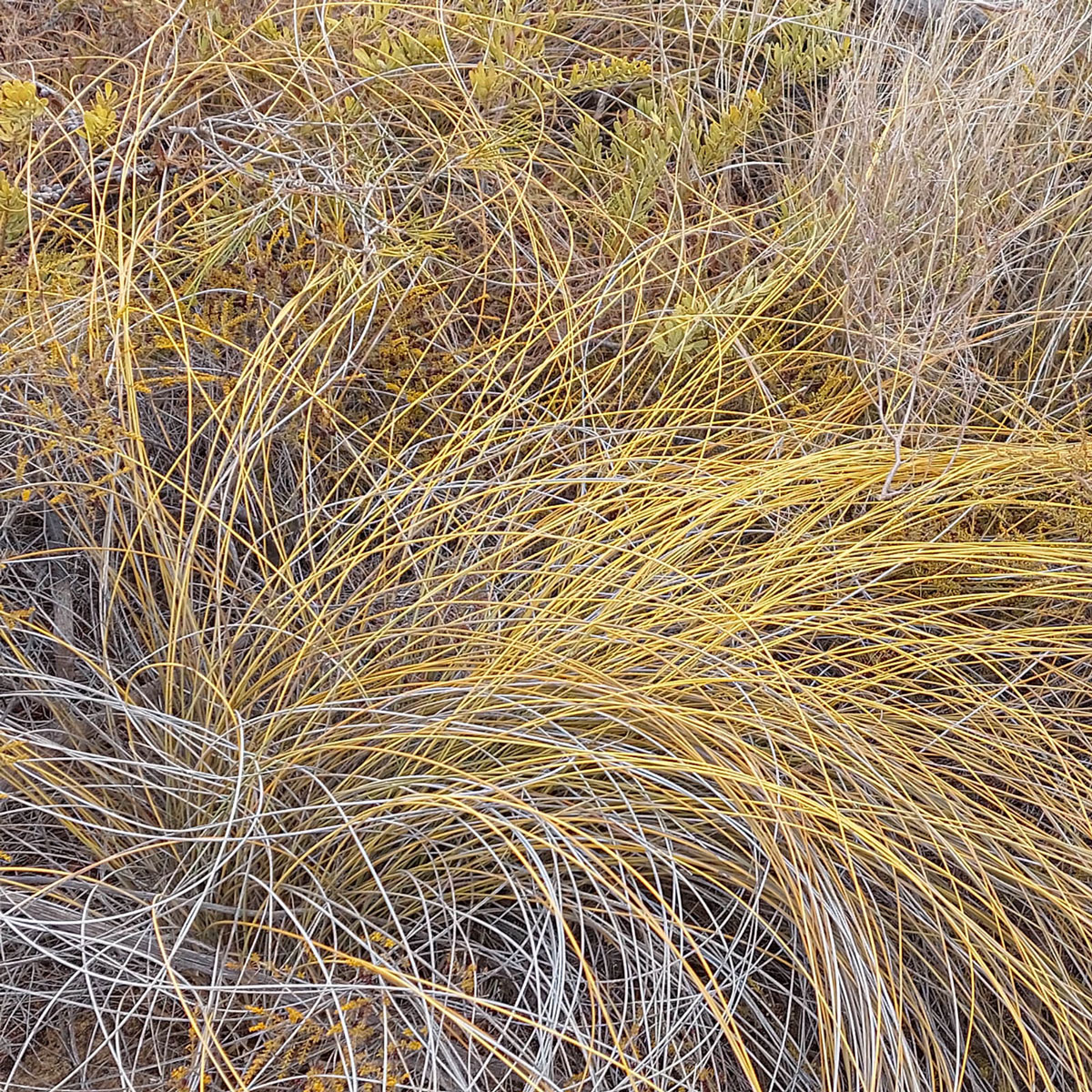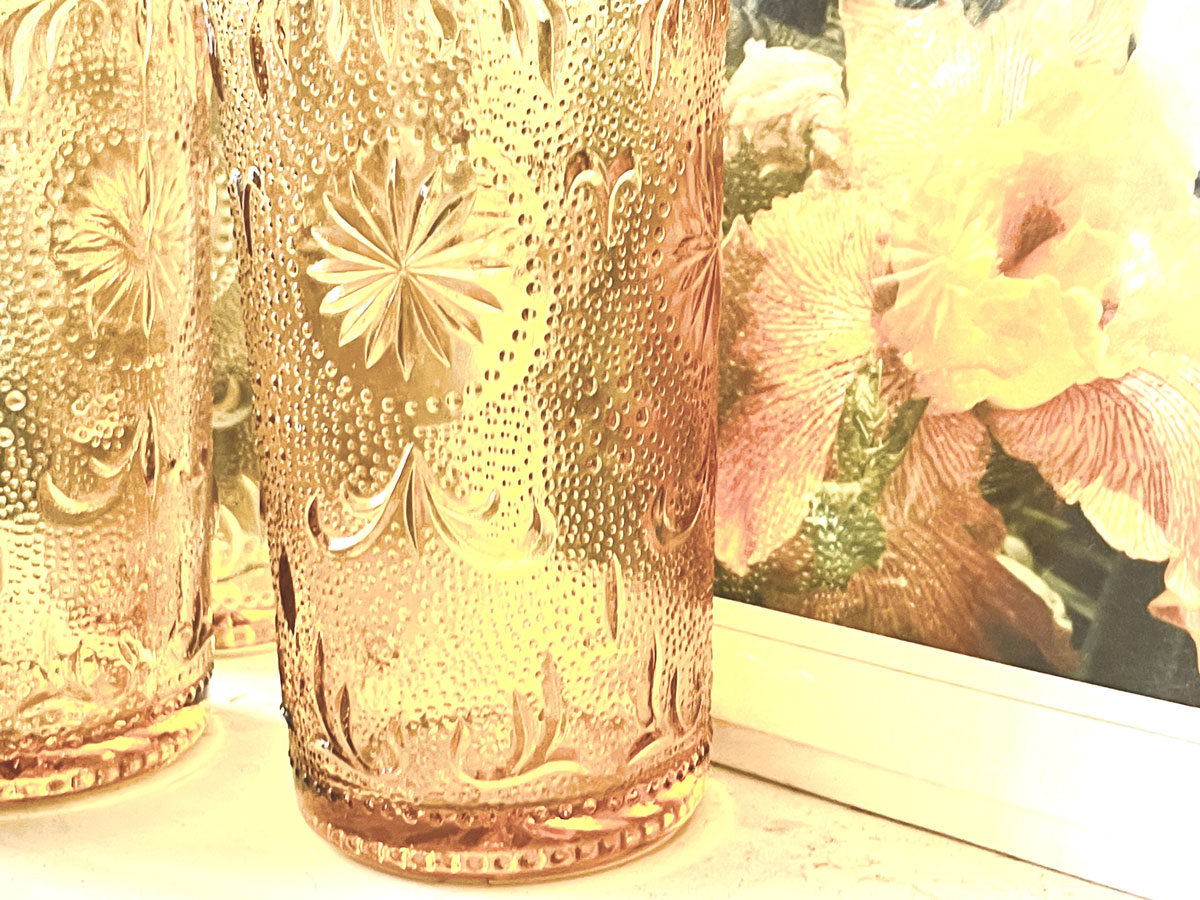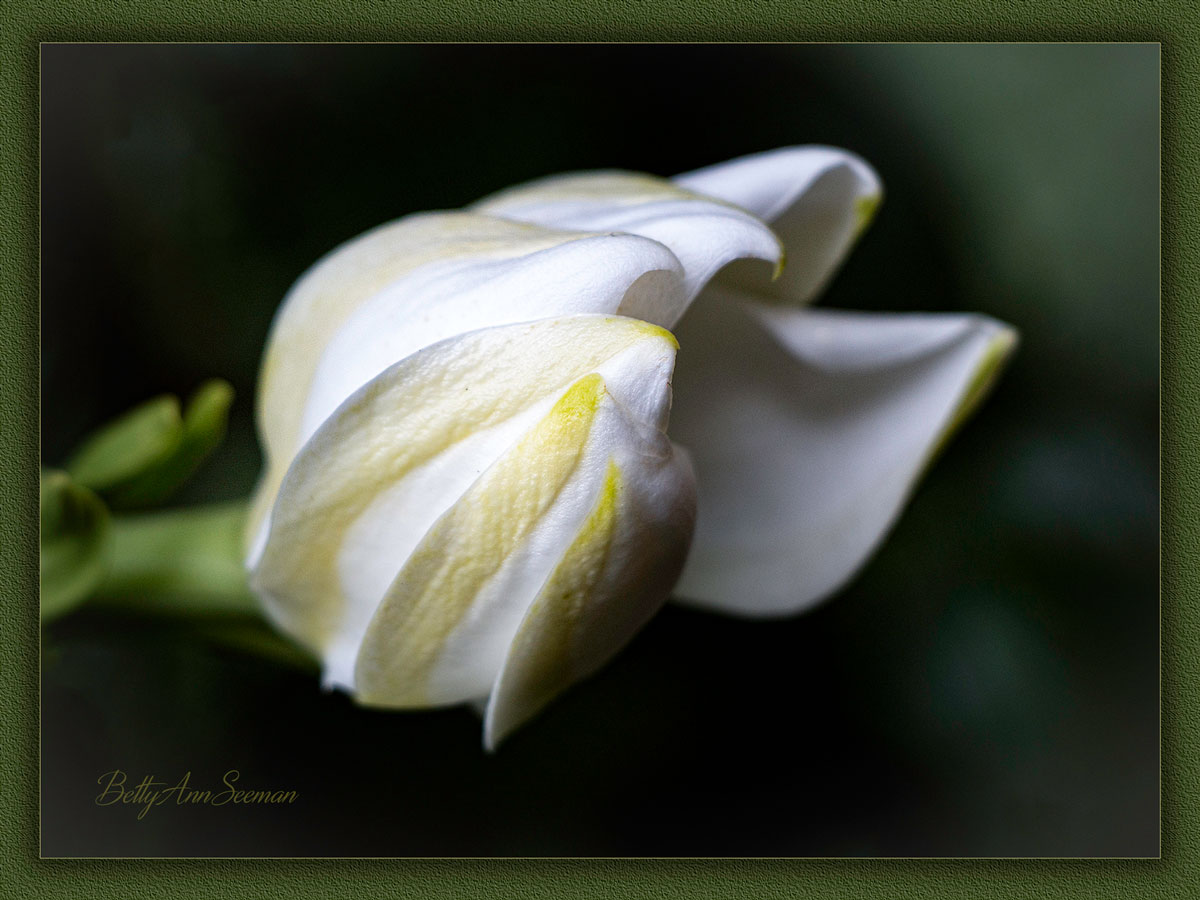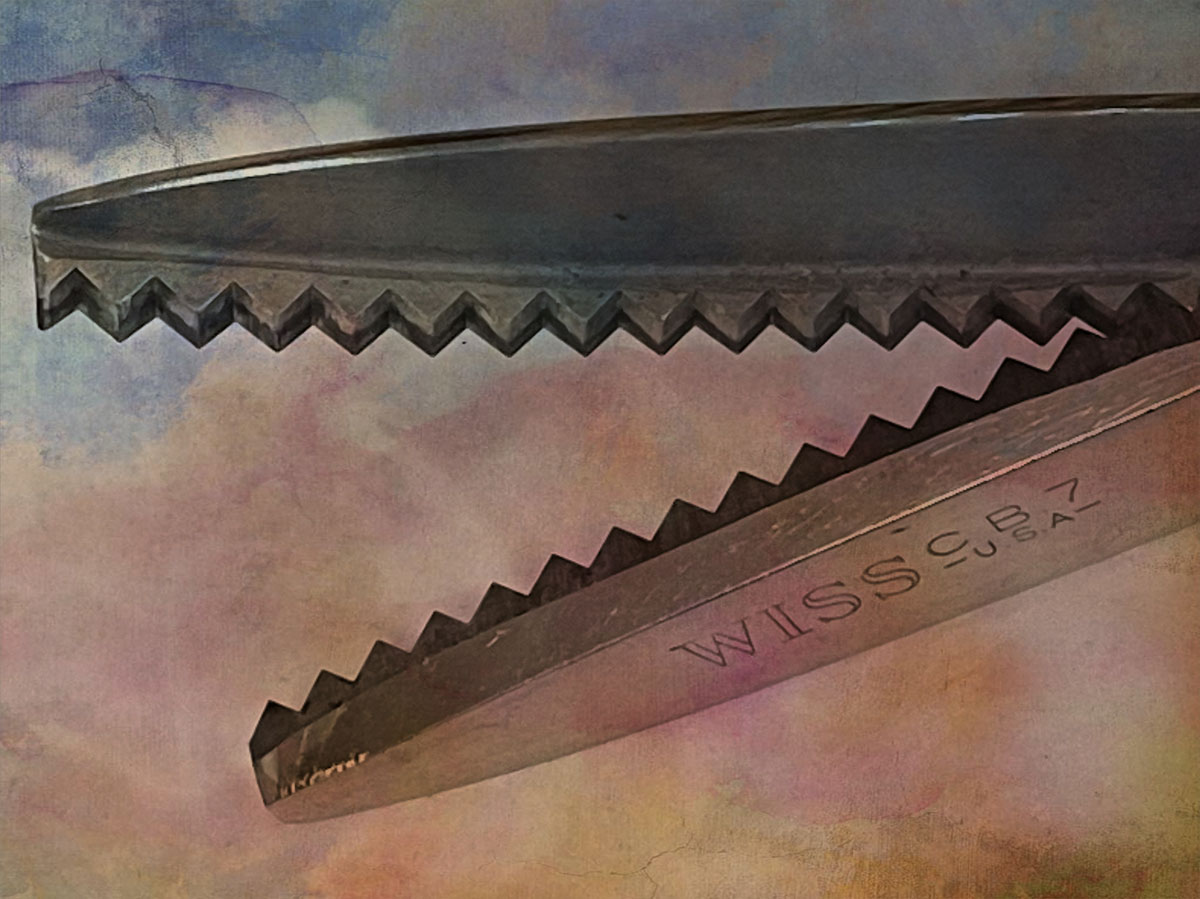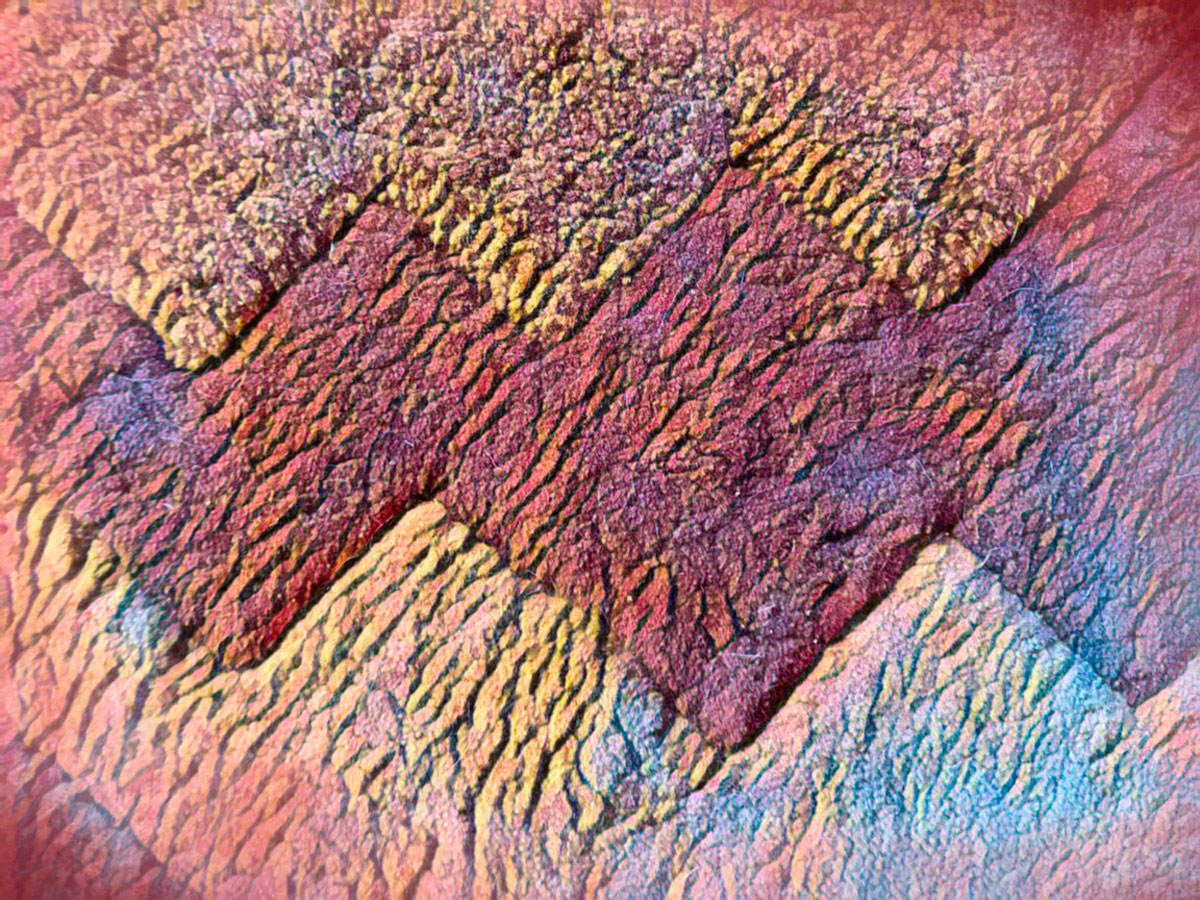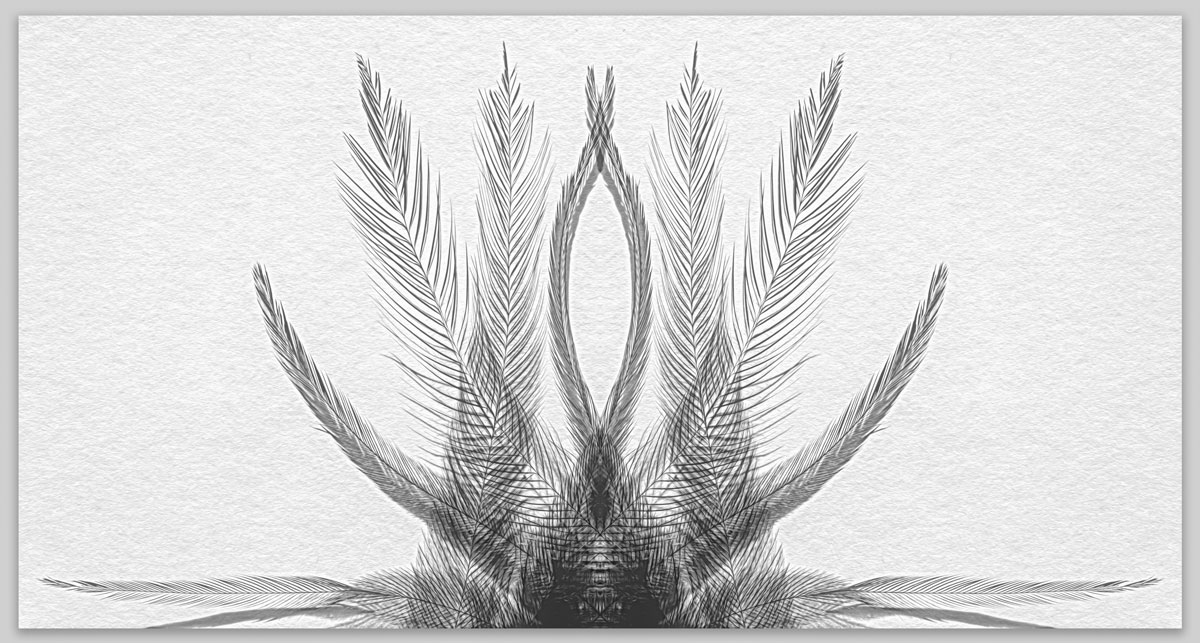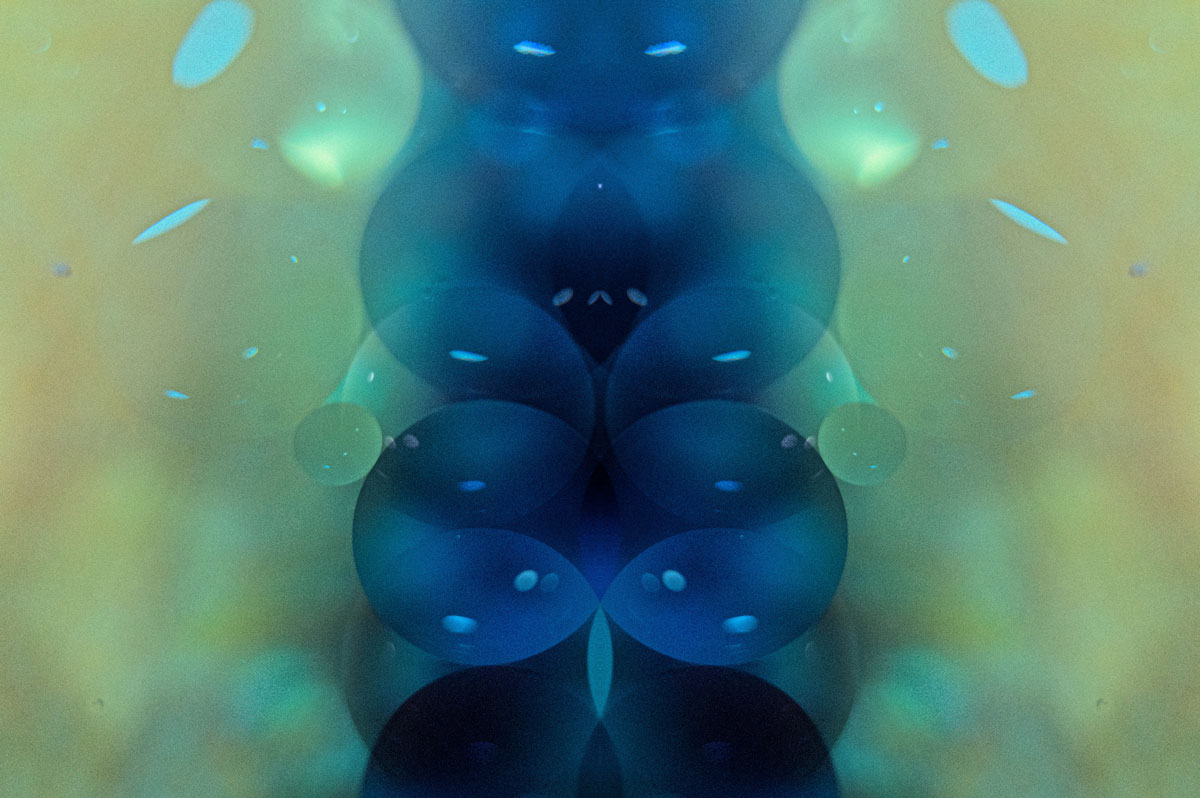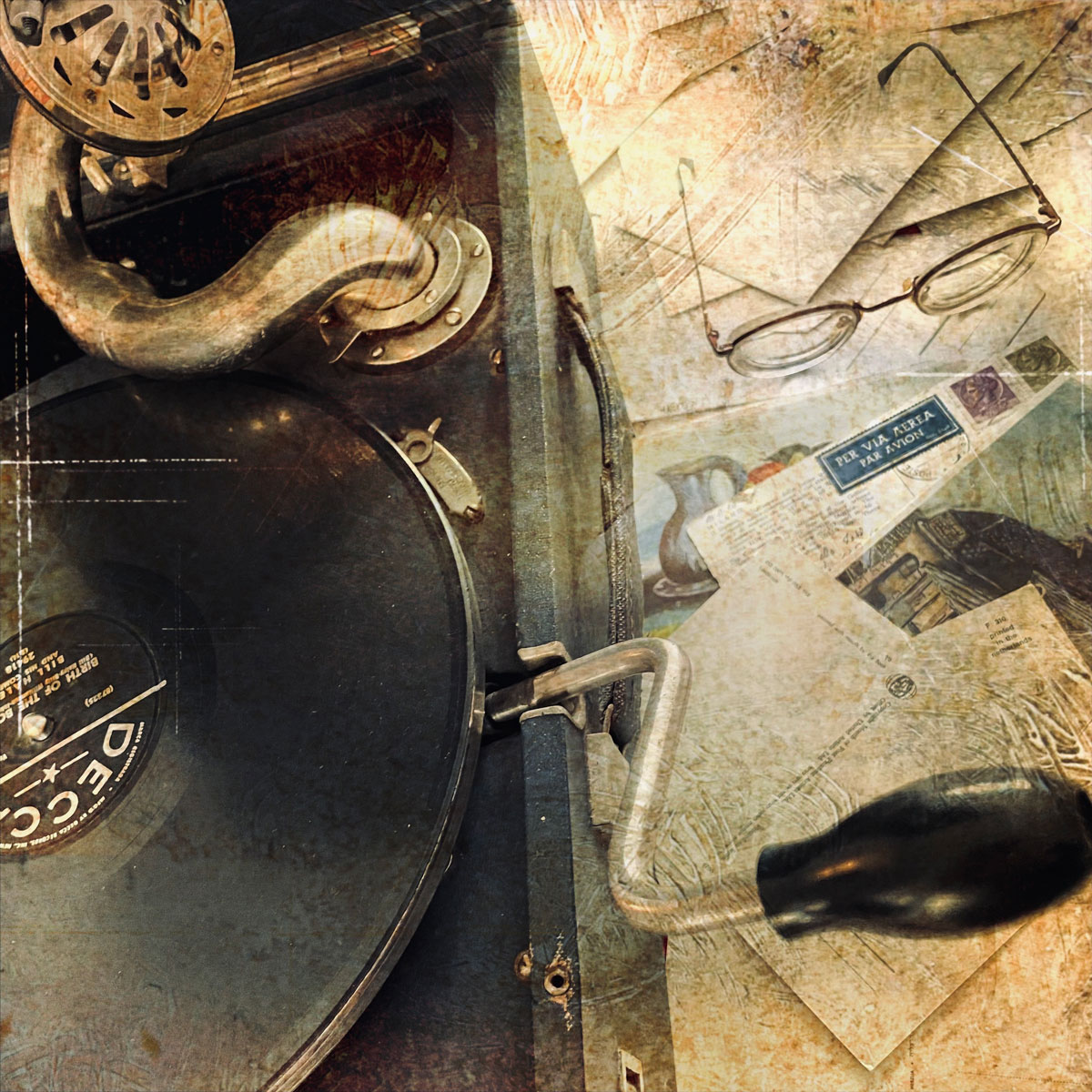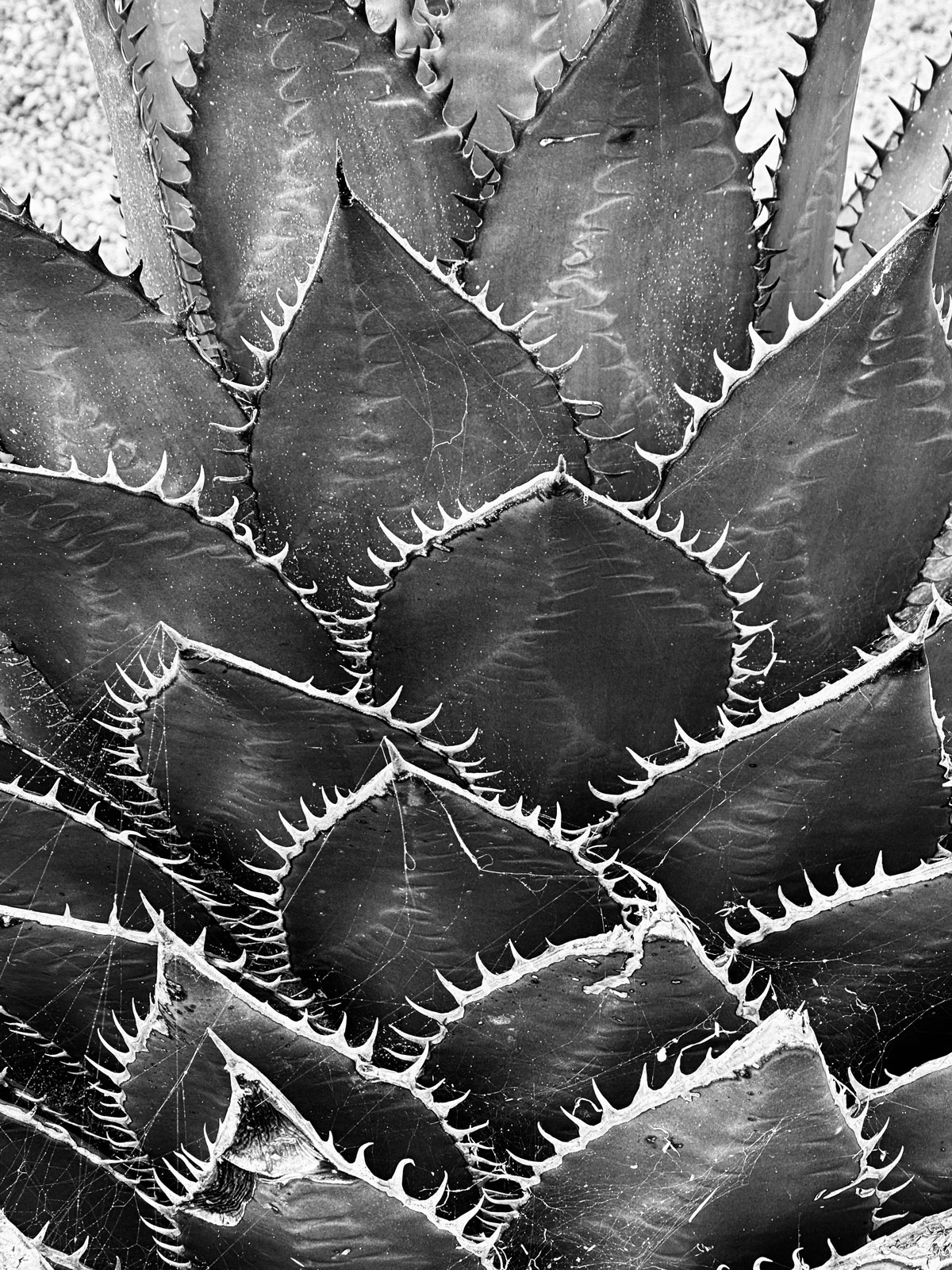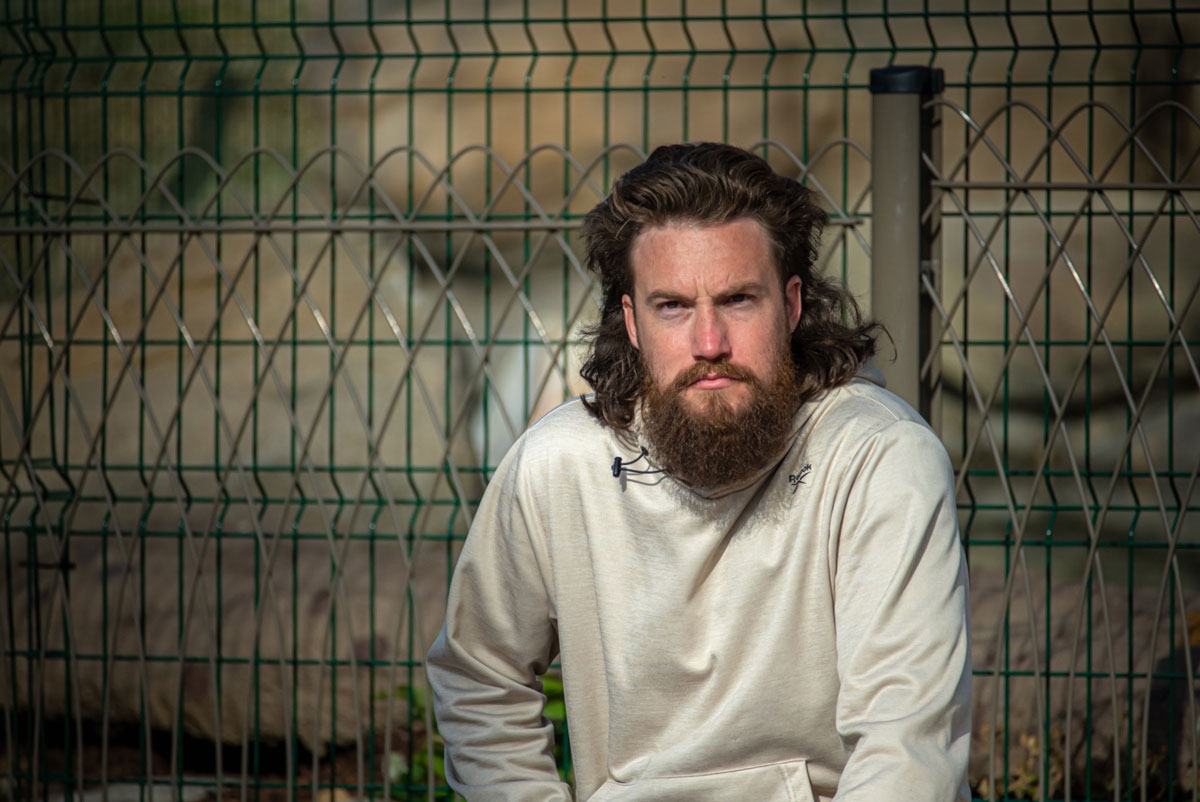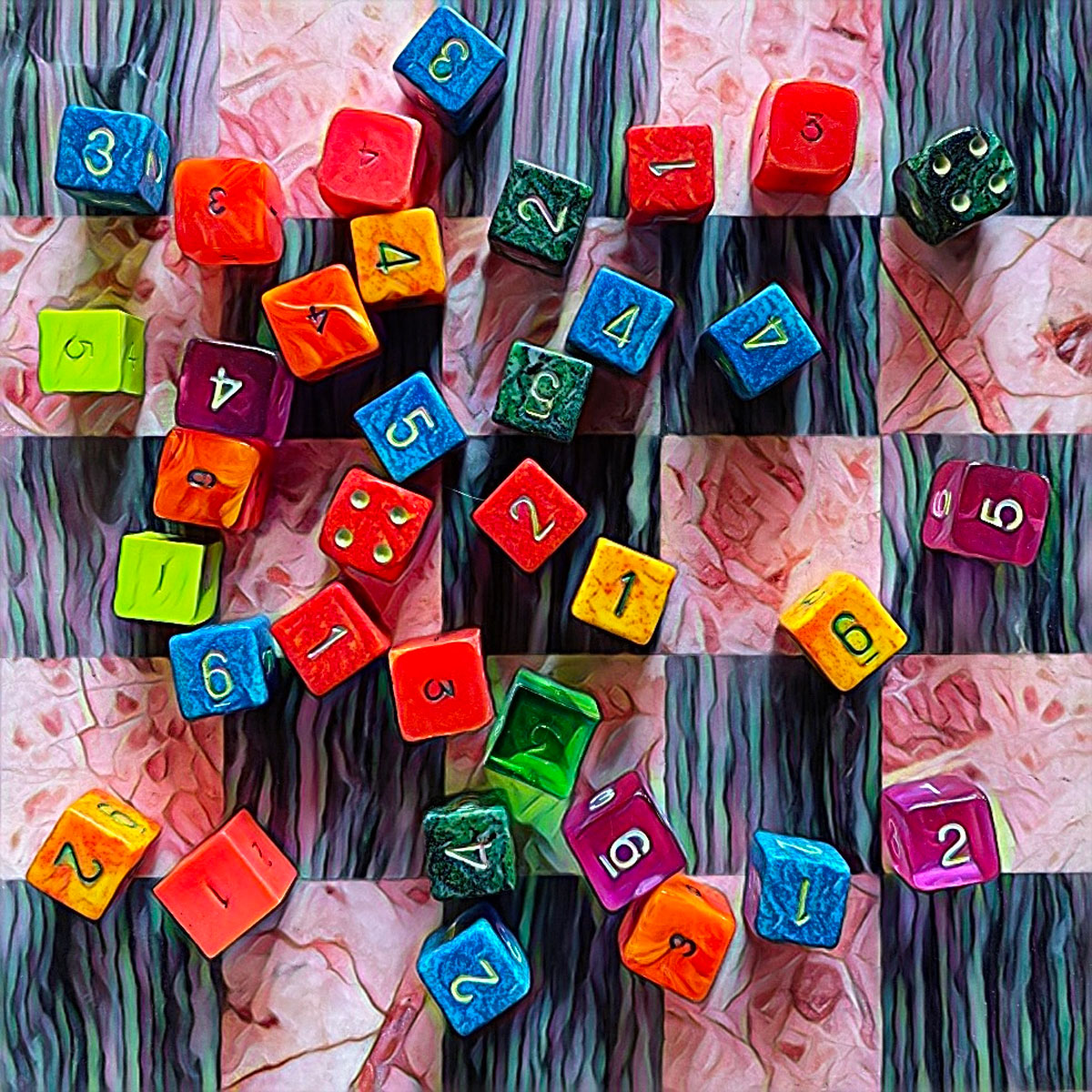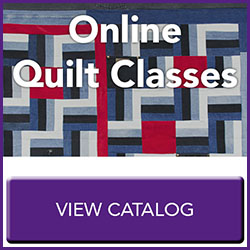Photos of the Week - Week 21Critique Group Challenge: Week 21, Perfect Pair Photo by Wendy Hodina Click to view a larger image Wendy says: Someone had to do it :) i got these pears on Saturday on they have been staring at me all week. Mind blocked from thinking of anything else. 65% Topaz Dingy Cream applied after usual adjustments. Taken in a wooden cabinet with my iPhone light at the side. |
Ricky's Challenge Photos
|
Smart Phone Challenge: Week 21, Mellow Yellow Photo by Ricky Tims Click to view a larger image. Ricky says: We took a little trip to a couple of antique stores and this little scene greeted me. I reduced the vibrancy a bit and reduced the shadows for less contrast
|
Critique Group Challenge: Week 21, Perfect Pair Photo by Ricky Tims Click to view a larger image. Ricky says: This week was significant in that my grand piano (1978 college graduation present), came inside my home for the first time since 2005. It has lived in the building/studio/gallery in La Veta all these years. I’m going with Ebony and Ivory or Black and White. Opposites, but perfect pairs. I’m n a side note I was to graduate in summer 1979, but the Wichita Falls April 10 tornado destroyed 5000 homes killing 46. Out house was demolished. My car from the driveway landed on this piano. The scars are still there. |
